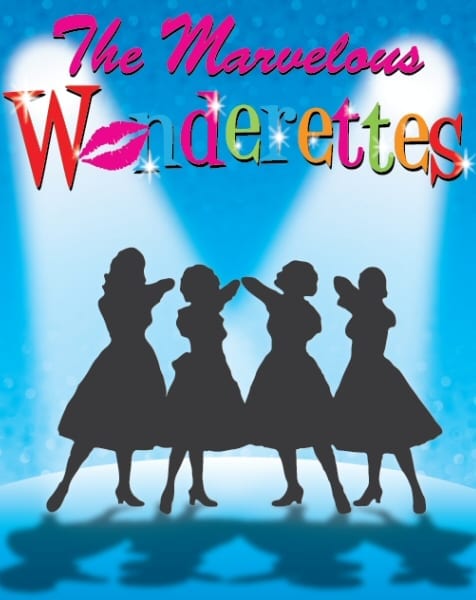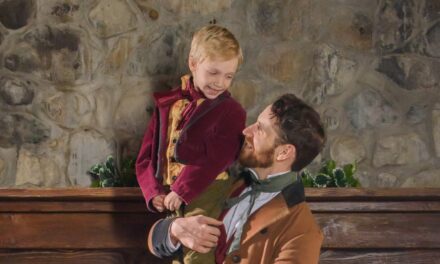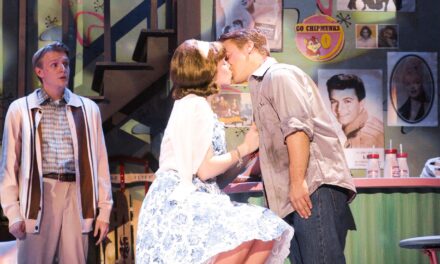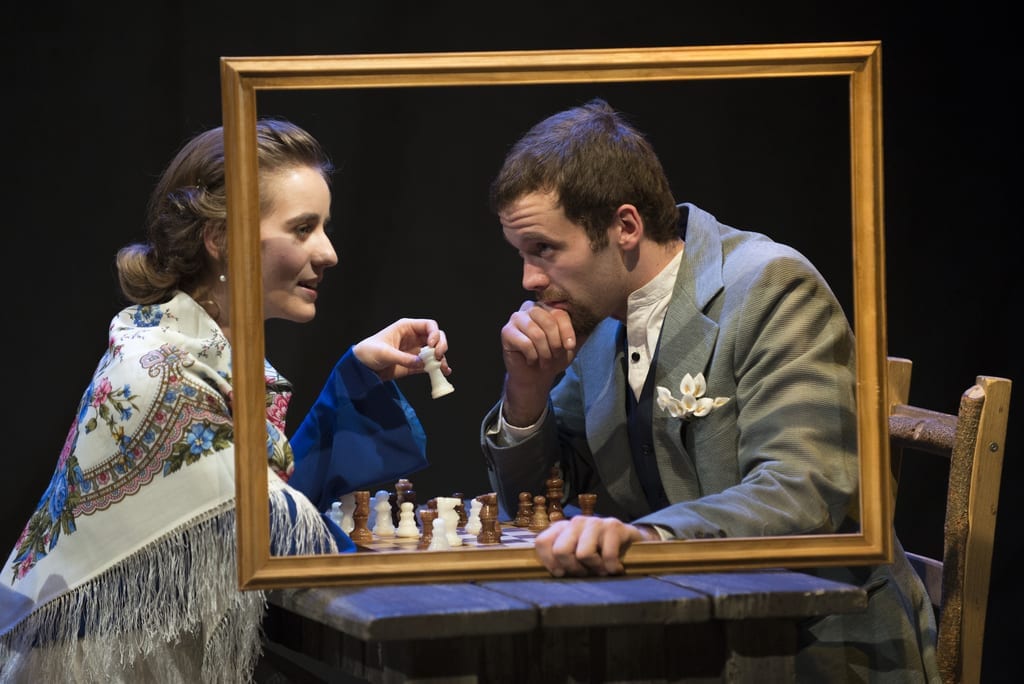SALT LAKE CITY — In the title song of Dreamgirls, currently playing at the Capitol Theater, our three leading ladies make us a promise: “We’re your Dreamgirls. We’ll make you happy.” In this touring production, directed and choreographed by Robert Longbottom, they live up to their promise.

Tour leaves Salt Lake City February 10, 2013.
The story of Dreamgirls revolves around three women, Deena (Jasmin Richardson), Lorrell (Mary Searcy), and Effie (Charity Dawson) who dream of hitting it big in the 1960’s music industry. From their time playing talent shows at the Apollo Theatre, to singing backup for James “Thunder” Early (Michael Jahlil), to their breakout moment as a group, to the aftermath of stardom, the story follows the ups and downs of their lives, loves and careers.
The bulk of the show’s success lies with the performances of those three leading ladies. The magic of these women lies in their ability to create three, distinct and delightful characters that harmonize beautifully together. Dawson is the clear standout in the group, providing all the sass, passion, and fire that makes Effie such a coveted role. Despite some odd acting direction during the Act One finale, Dawson vocally kills the highly anticipated “And I’m Telling You I’m Not Going,” smartly making the song that has been exquisitely performed by some of the greatest female singers of stage and screen her very own. However, it’s actually during Act Two’s “I’m Changing” where Dawson’s vocal prowess truly shines. And when her voice combines with Richardson’s for the duet of “Listen,” vocal magic happens.
Richardson puts in a fine performance as the beauty turned mega-star Deena, and Searcy, whose character of Lorrell could easily be relegated to a secondary role, has several scene stealing moments (including “Ain’t No Party”). Jahlil also lights up the stage with his over the top, James Brown-esque Early. And his rendition of “Jimmy’s Got Soul” not only highlights Jahlil’s comic abilities, but also gives the live orchestra a chance to truly shine. Sadly Aubrey Poo’s Curtis Taylor Jr., is the one lead who seems out of his element. Obviously cast more for his velvety voice instead of his acting skills, his flat portrayal of Curtis falls short of the smooth, salesman-turned-manager who puts the entire story into motion.
Longbottom’s directing and choreography are at their strongest when he is creating the show within the show. The opening scene at the Apollo Theatre is a masterful balance between the on- and off-stage worlds that both permeate Dreamgirls. However, the standard set by that first number only accentuates the awkwardness of many of the transitions that followed. Though there are several high-energy and era-evocative numbers throughout the night, the dance highlight is found in Act One’s “Stepping to the Bad Side. “ The movement and dancing are so mesmerizing that it almost covers up the fact the fact that it is one of several moments throughout the night where the script (books and lyrics by Tom Eyen, music by Henry Krieger) doesn’t quite work.
As with Longbottom’s work, both the performances and the technical elements of Dreamgirls shine the brightest in the “concert” moments throughout the show. The company is most comfortable when their characters are standing in the spotlight, a spotlight is masterfully created by lighting designer Ken Billington. Billington crafts an experience through his lights that effectively pulls the audience into the energy and emotion of all the different performance venues throughout the show. With a minimal set (by Robin Wagner) that is designed to allow quick and easy transitions through the multitude of locations throughout the show, Billington’s lights effectively pick up the burden of clarifying “when and where” for the audience.
William Ivey Long’s costumes are fun and colorful, embracing the iconic fashions of the 1960’s and 1970’s. The sheer number of costumes, especially for the ladies, is somewhat staggering, and a shout out must be given to the dressers who labor backstage in order to make sure that everyone gets on stage in the appropriate costume. This is especially true for the change that happens in the Act Two opener, “What Love Can Do.” Seriously. Wow.
And the wigs. Oh, the wigs.
Overall, Dreamgirls is a fun and lively production full of great performances. The highs definitely outnumber the lows, and these Dreamgirls are an act that you won’t want to miss. Though I warn you, you might leave wishing that you had been born with the vocal gift of one of its three leads. I know I did.




